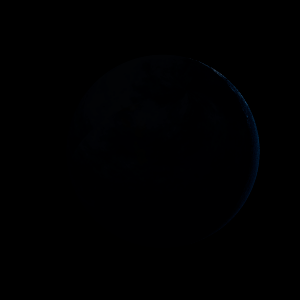|
|
Space Astro
|
Info for exoplanet "Autothee"
| Scientific (actual) data |
|---|
| Name | AU Mic d |
| Planet status | Confirmed |
| Planet mass | 0.003187 |
| Orbital period | 12.7381 |
| Orbit eccentricity | 0.00097 |
| Inclination | 88.1 |
| Discovered | 2022 |
| Updated | 2023-02-23 |
| Omega | 357 |
| Tzero tr | 2458330 |
| Publication | Published in a refereed paper |
| Detection type | TTV |
| Mass measurement type | TTV |
| Star name | AU Mic |
| Right ascension | 311.29° |
| Declination | -31.34° |
| Mag v | 8.6 |
| Star distance | 9.79 |
| Star mass | 0.5 |
| Star radius | 0.75 |
| Star sp type | M1V |
| Star age | 0.022 |
| Star temperature | 3700 |
| Wikipedia article | AU Mic d |
Back
| |
| Fictional info (?) |
|---|
| Suggested name | Autothee |
| Planet type | Cold planet |
| The planet telescopically displays the complete range of phases, similar to Venus and the Moon, as it moves in its inner orbit relative to AU Mic, which reoccurs over the so-called synodic period approximately every 133 days.
It has the densest atmosphere of the known cold planets, consisting partly of sulfur dioxide. The atmospheric pressure at the planet's surface is 1.3 bar, or roughly the pressure found 1080 m under the oceans of Earth. |
| Atmosphere | Sulfur dioxide | 48% |
| Nitric oxide | 27% |
| Argon | 11% |
| Krypton | 11% |
| Carbonyl sulfide | 2.7% |
| Atmospheric pressure | 1.3 bar |
 |
| No known satellites |
| Google search for Autothee |
|
Website by Joachim Michaelis
|
|
|
|